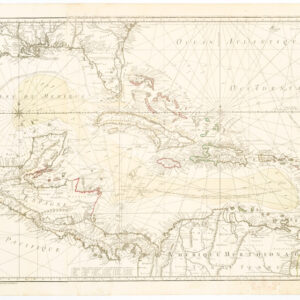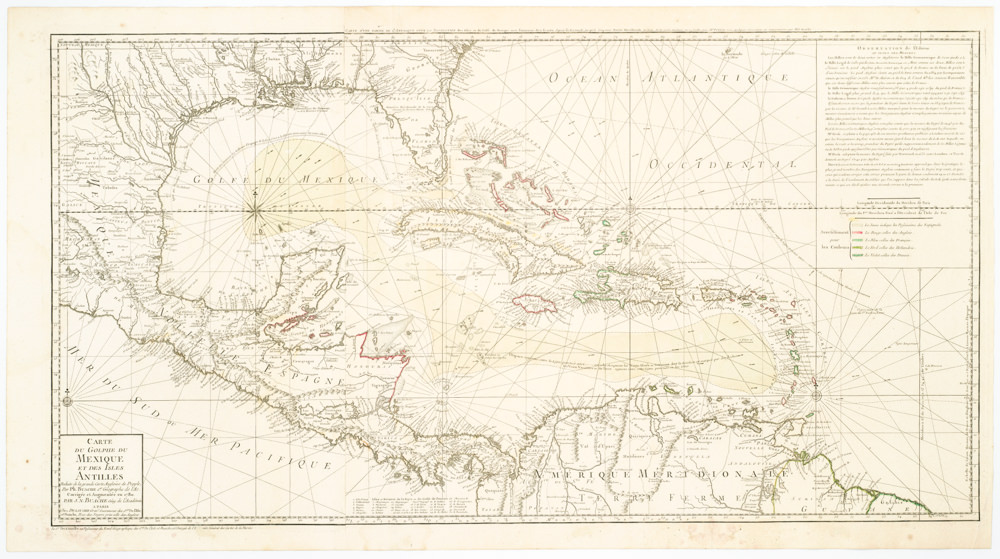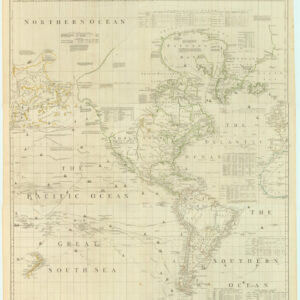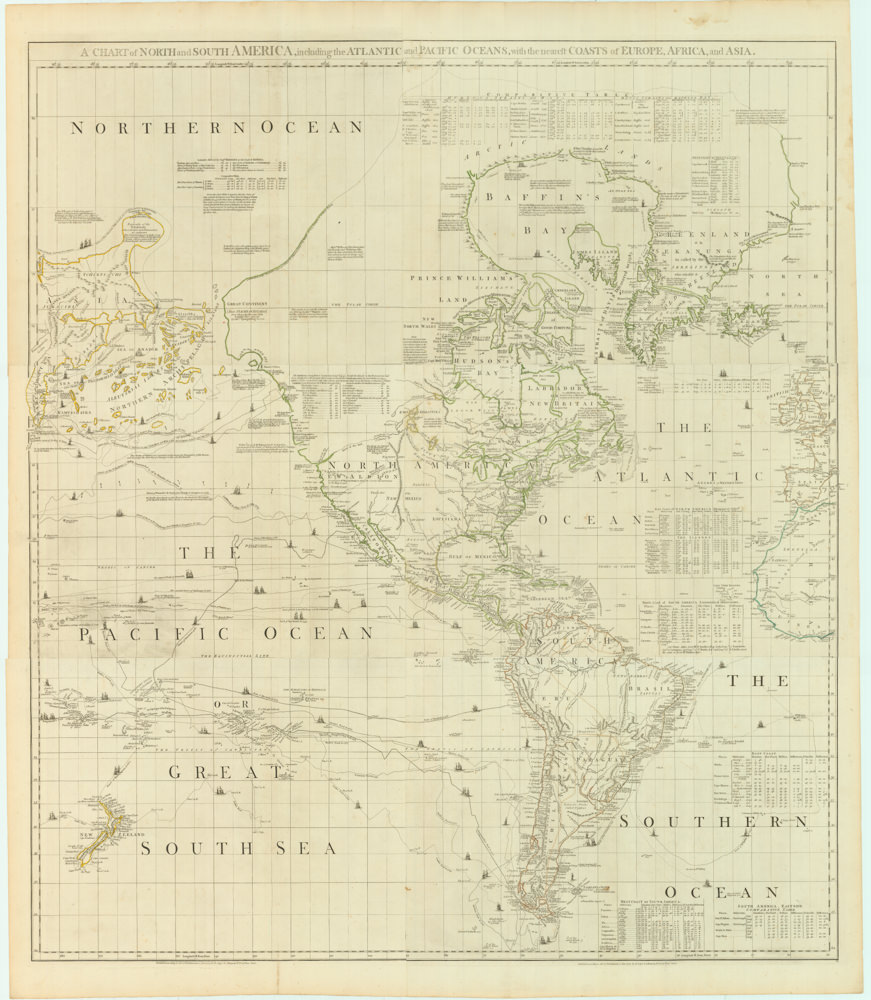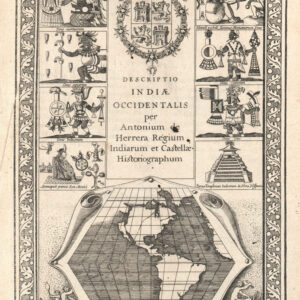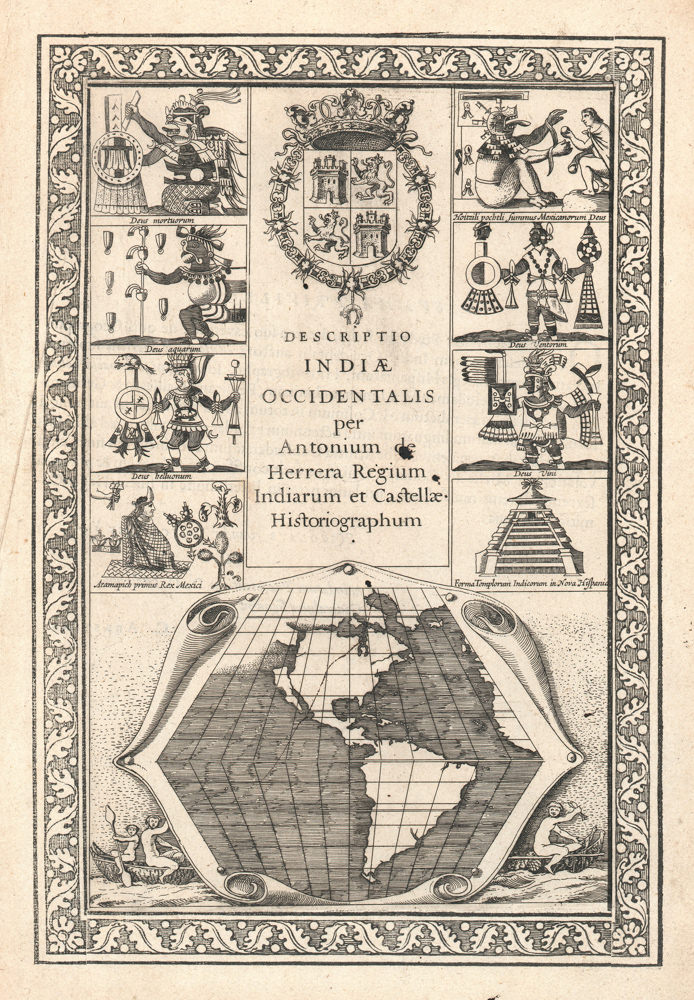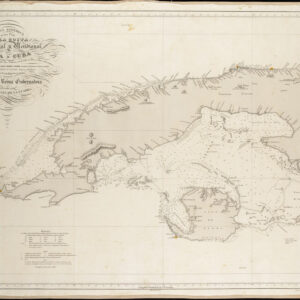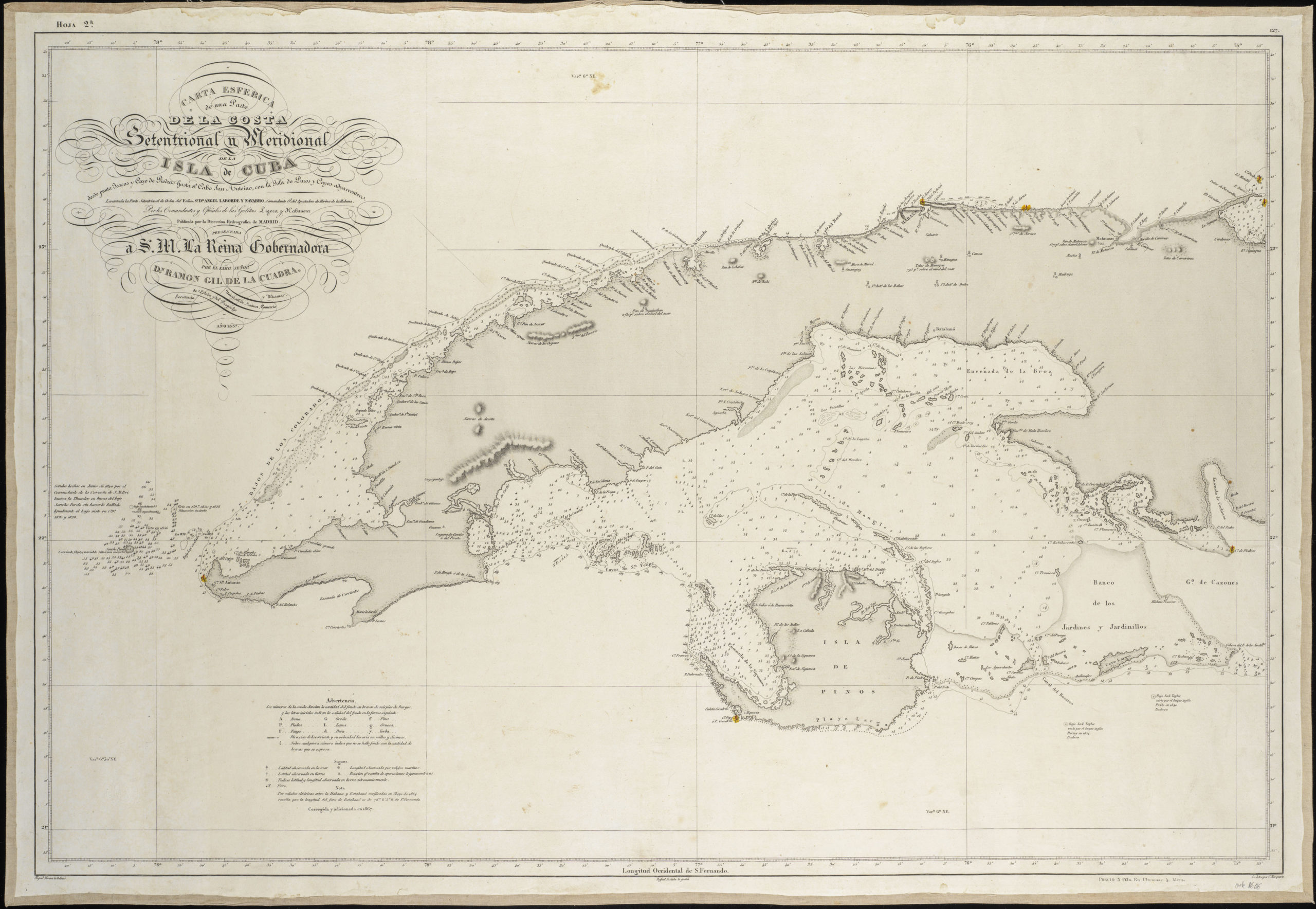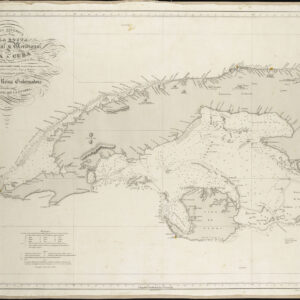An exciting classic.
America noviter delineata.
$975
1 in stock
Description
Listen to Michael introduce this map:
This is a fine example of Matthäus Merian’s early map of the Americas. The map was based on Jocodus Hondius’ seminal chart from 1618, which was among the earliest commercial Dutch maps of both of the Americas in their entirety. Even though most of the continent’s outline had been more or less established by this time, the map depicts America in an almost virgin state.
California and the West Coast
We are so early that California is still depicted in the original peninsular state and not as an island, which would otherwise become the dominant trend over the next century or so. The Gulf of California, or Sea of Cortez as it is also known today, retains its old name Mar Velmelho or Red Sea. This harkens back to the explorations of Francisco Ulloa, who in 1539 was the first European to sail north along Mexico’s Pacific coast until reaching the head of the Gulf. Ulloa describes the waters as distinctly red, presumably the result of a geological discharge into the water.
Beyond California, the Northwestern coastline of America continues westwards, towards Asia, as a solid mass. Surprisingly, this stretch of coastline has been labelled with a string of place names that extend all the way to the edge of the map. These were of course meant to underscore the geographic veracity of this version of Pacific geography, but the fact of the matter was that this particular part of the North American continent remained almost wholly unexplored when this map was published in the early 17th century. It would take another hundred years (1728) before the Danish explorer Vitus Bering properly surveyed the strait between Asia and America on behalf of the Russian Tzar.
The map is riddled with myth and legend, including a depiction of the famed Seven Cities of Cibola, which in this case have been placed on the western side of a great lake somewhere in Arizona. Interestingly, the lake does not only denote the location of Cibola, but is also depicted to be the source for a large river, perhaps the Colorado River.
The Atlantic Seaboard
The West Coast is not the only coastline that has been endowed with a surprising number of new place names. On the East Coast, we also find a range of exotic locations identified. Some of these remain quite recognizable today (e.g. Chesapiooc for Chesapeake and Hatoraske for Cape Hatteras), others have been lost to history. Virginia and Florida are clearly named, but both are drawn in a somewhat contorted fashion. Virginia bulges oddly into the Atlantic Ocean and Florida has been depicted as a short thick peninsula, rather than a long slender one. This kind of erroneous geographical understanding and visualization – plainly evident in the general outline of South America as well – can be attributed to the fact that this chart was produced in the early days of exploration and observation-based cartography.
Most of the information that maps from this time period was either adopted more or less uncritically from predecessors, or built on unverifiable and sometimes dubious sources. It is precisely because the new cartography is observation-based that the degree and frequency of cartographic myth and error increases as we move inland, away from the well-known features of the coast. Consequently, we find that while both Bermuda and the Bahamas have been clearly plotted (just as the rest of the Caribbean), the Great Lakes have been completely omitted from the map. Even more curious, perhaps, is the fact that Long Island has suffered the same fate. This omission is likely a result of the fact that Long Island was not settled by Europeans until the 1640s, when the Dutch agreed to the establishment of several British settlements on the island.
In contrast, other early labels – for example as Terra Corterealis – date from a time when the Americas were still considered large islands on the way to India and China. Terra Corterealis is a toponym for Newfoundland that is normally associated with 16th century mapmakers like Ortelius and De Jode. Merian’s chart of the Americas is therefore a manifestation of the transition from one geographic paradigm to another. Or, in other words, from 16th century maps to 17th century maps. There are other ways in which the dating of this chart also shines through via its place names. In the north especially, many of the names are shown in French or as creolized versions of indigenous names, underlining just how influential and dominant the French still were at this stage in American history.
South America
Moving down to South America, we find the same plethora of fascinating early toponymy. The region of modern Columbia, for example, has in our map been labelled Castilia del Oro or Golden Castille (the region in Spain were Queen Isabella originated). There is no shortage of mythological features either. Most prominent is the enormous Lake Parime in the heart of the Amazon jungle. This tenacious myth was often associated with the quest for El Dorado and the lake continues to figure on European maps into the late 19th century. Countless explorers have tried to identify it and failed, from Sir Walter Raleigh in the late 16th century, to Alexander von Humboldt in early 19th century.
In the case of Merian’s map, the phenomenon of Lake Parime is even more interesting. Being both clearly shown and labelled in the northern part of the Brazilian interior, we find a second huge Amazonian lake further southeast. This large, and seemingly quadripartite lake is fed by a number of large rivers that all coalesce at this point. It is unnamed, but lies in the heart of region labelled Timburia. The area surrounding the lake is characterized by low mountains and what appears to be an indigenous settlement in the form of three barrel-vaulted huts. Whether these actually reflect native settlements here is unclear: this is after all the blank part of the map, and the engraver may simply have added them for decorative purposes — much like the ships and sea monsters roaming the oceans.
Greenland as indicative of the cartographic era
In the upper part of the map, occupying Canada’s Arctic interior, Merian has placed an inset of Greenland. The southern part of this massive Arctic island is also visible in the map proper, identifiable by the label Cape Farewell at its southernmost promontory. The inset shows most of the island, save the northern part, which of course is covered under ice most of the year and was wholly unexplored at this stage. Its presence on this map as a major inset nevertheless reflects Europe’s obsession with finding a Northwest Passage.
The presentation of Greenland includes another interesting juxtaposition, which we believe encapsulates the age, and its many problems: while both the east and west coasts of Greenland have been quite carefully drawn and labelled, the inset also uncritically includes a depiction of the mythical island of Friesland just southwest of Iceland. This island, which obviously never existed, is sometimes drawn in great detail on maps of the 16th century, towns and all. By the 17th century, this was coming to an end, as the reality was relatively well understood by now. It is nevertheless a wonderful example of how maps have the ability to prolong the life of even demonstrably wrong ideas.
Conclusion
In conclusion, Merian’s map is a beautiful but affordable example of an important stage in the history of American cartography. It is a bridge: a cartographic manifestation of the transition from one form of knowledge to another. As such, it encapsulates just how little Europeans knew about the world in the early 17th century, but also how fast they were learning.
Cartographer(s):
Matthäus Merian (September 1593 – 19 June 1650) was a Swiss-born engraver who worked in Frankfurt for most of his career, where he also ran a publishing house. He was a member of the patrician Basel Merian family.
Early in his life, he had created detailed town plans in his own unique style, for example plans of both Basel and Paris (1615). With Martin Zeiler (1589 – 1661), a German geographer, and later (circa 1640) with his own son, Matthäus Merian produced a collection of topographic maps. The 21-volume set was collectively known as the Topographia Germaniae and included numerous town-plans and views, as well as maps of most countries and a world map. The work was so popular that it was re-issued in many editions. He also took over and completed the later parts and editions of the Grand Voyages and Petits Voyages, originally started by Theodor de Bry in 1590. Merian’s work inspired the Swedish royal cartographer, Erik Dahlberg, to produce his Suecia Antiqua et Hodierna, which became a cornerstone in European mapping.
After his death, his sons Matthäus Jr. and Caspar took over the publishing house. They continued publishing the Topographia Germaniae and the Theatrum Europaeum under the name ‘Merian Erben’ (i.e. Heirs of Merian). Today, the German travel magazine Merian is named after him.
Condition Description
Very good.
References
